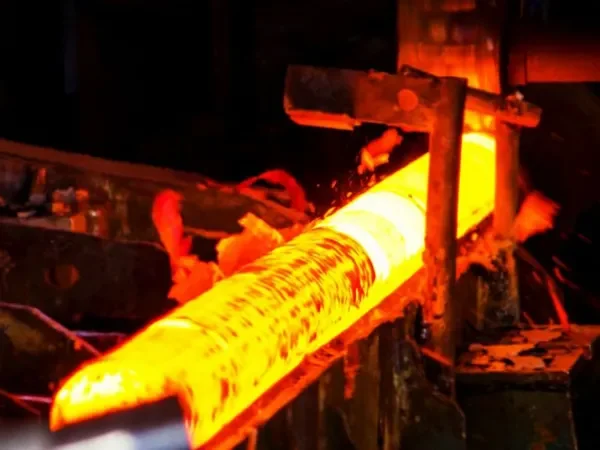Factors affecting seamless steel pipe coating
The factors affecting the coating of seamless steel pipes mainly include the following aspects: The passive film of seamless steel pipes is a thermodynamically suppressed metastable structure, and its maintenance effect is related to the medium in the environment. But no matter what kind of environment is used, it must be cleaned regularly to remove harmful substances adhering to the surface.
Chloride ions are extremely harmful to the coating of seamless steel pipes. In the process of stopping surface passivation, the content of chloride ions in the passivation solution must be strictly controlled. Many chemical materials used for passivation have limited requirements for chloride ions. In the configuration of passivation liquid and clean water, there are also strict water quality requirements for chloride ions to ensure that the passivation waste does not contain chloride ions.

The content of nickel in seamless steel pipe is low and the passivation performance is low, so the martensite content, chromium and nickel content have a great influence on the passivation performance of the rectangular pipe. The more lubricated stainless steel surface, the lower the roughness, the more difficult it is for foreign matter to adhere, and the corrosion will be reduced to the lowest point. In addition, the cleaning after passivation should be stopped carefully so that the residual acid can promote the anodic response, maintain the integrity of the film, and ensure enhanced corrosion resistance.
During the production and transportation of seamless steel pipes(astm a53), oil stains will inevitably adhere to the surface of the seamless pipe, which will affect the quality of the seamless pipe rust removal and phosphating, and reduce the adhesion between the coating and the substrate . Mainly use organic solvents to dissolve saponified oil and non-saponified oil to remove oil stains. Commonly used organic solvents include ethanol, gasoline for cleaning, toluene, trichloroethylene, etc. A more effective solvent is trichloroethylene, which does not burn and can be used for degreasing at high temperatures.






